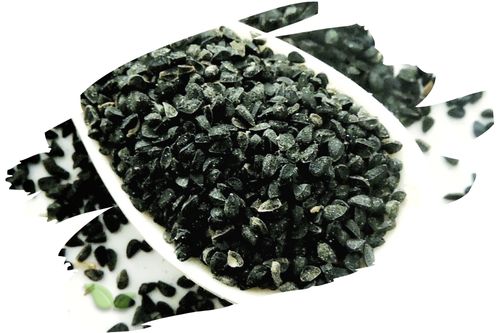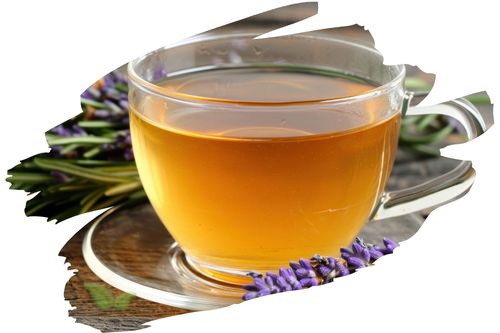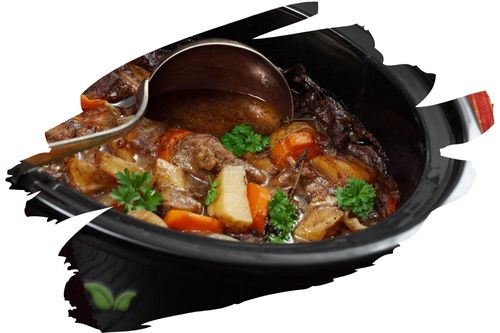
Introduction:
Filipino cuisine is a delightful tapestry of flavors, and at the heart of it lies the iconic dish, adobo. This article is your one-stop guide to understanding adobo ingredients Filipino – the elements that come together to create a harmonious symphony of taste. From succulent meats to the aromatic spices that infuse each bite, we'll delve into the key aspects that make adobo a beloved staple in Filipino households.
Adobo Ingredients Filipino: A Flavorful Journey
Adobo, a dish synonymous with Filipino cuisine, is a culinary masterpiece that showcases the harmonious blend of Spanish and indigenous flavors. The ingredients used in adobo are simple yet impactful, contributing to the dish's rich and savory taste. Let's take a closer look at the essential components that make up adobo:
Meat: The Heart of Adobo
At the core of every adobo dish is the meat – a succulent canvas that absorbs the marinade and spices. Traditionally, pork and chicken are the primary choices for adobo, but variations abound, including beef and even seafood. The choice of meat can greatly influence the final flavor, creating a dish that caters to various palates.
Vinegar: The Tangy Elixir
Vinegar is the star of the adobo marinade, infusing the dish with a delightful tanginess. Filipinos use various types of vinegar, each offering a unique twist to the flavor profile. Whether it's cane vinegar, coconut vinegar, or palm vinegar, the acidity of vinegar tenderizes the meat and balances the richness of other ingredients.
Soy Sauce: The Umami Enhancer
Soy sauce, a staple in Asian cuisine, adds depth and umami to adobo. It complements the vinegar's acidity, creating a harmonious balance between flavors. The soy sauce not only imparts a rich color to the dish but also elevates its overall taste.
Garlic: The Aromatic Essential
No adobo is complete without the aromatic allure of garlic. Crushed or minced, garlic releases its distinct fragrance, permeating the dish and enhancing its taste. The marriage of garlic with other ingredients contributes to adobo's signature aroma.
Bay Leaves: The Fragrant Note
Bay leaves provide a subtle yet essential aromatic layer to adobo. Their earthy and slightly floral essence elevates the dish, adding complexity to its flavor profile. A well-placed bay leaf infuses adobo with an unmistakable fragrance.
Peppercorns: The Spicy Accent
Peppercorns, either crushed or whole, add a touch of heat and depth to adobo. They balance the richness of the meat and the marinade, contributing a layer of complexity to the dish's taste.
Onion: The Sweet Undertone
Onion, whether sautéed or caramelized, brings a touch of sweetness to adobo. It complements the flavors of other ingredients, harmonizing the overall taste and creating a well-rounded culinary experience.
Water: The Cooking Medium
Water is the medium that brings all the flavors together. As the adobo simmers, the meat absorbs the marinade, and the flavors meld into a symphony of taste. The ratio of water to other ingredients determines the concentration of the marinade, offering culinary flexibility.
Exploring Variations of Adobo Ingredients Filipino
The beauty of adobo lies in its versatility. While the basic components remain constant, regional and personal preferences have led to various interpretations of this beloved dish. Here are a few popular variations that highlight the diverse culinary landscape of the Philippines:
Adobo sa Gata: Coconut Cream Twist
In this variation, coconut cream is introduced, adding a creamy and luscious texture to the dish. The coconut's natural sweetness and richness complement the traditional adobo elements, creating a delightful fusion of flavors.
Adobong Baboy: Pork Perfection
Adobong Baboy, or pork adobo, is a classic rendition of the dish. The combination of succulent pork, tangy vinegar, and savory soy sauce makes this version a timeless favorite among Filipinos.
Adobong Manok: Chicken Delight
Chicken adobo, known as Adobong Manok, showcases the delicate flavors of chicken marinated in the iconic adobo sauce. The result is a tender, juicy meat that captures the essence of Filipino comfort food.
Adobo sa Asin: Salted Sensation
Adobo sa Asin, or salted adobo, takes a different approach by minimizing the use of soy sauce and focusing on salt as the primary seasoning. This variation highlights the simplicity of the dish while allowing the meat's natural flavors to shine through.
FAQs About Adobo Ingredients Filipino
What other meats can I use for adobo?
Adobo's versatility extends to the choice of meats. Aside from pork and chicken, you can experiment with beef, goat, duck, or even fish to create unique variations of the dish.
Can I adjust the vinegar-to-soy sauce ratio?
Absolutely. The balance between vinegar and soy sauce can be adjusted to suit your taste preferences. A higher vinegar ratio will result in a tangier flavor, while a higher soy sauce ratio will enhance the umami notes.
Are there vegetarian versions of adobo?
Indeed, there are vegetarian and vegan versions of adobo that replace meat with ingredients like tofu, mushrooms, or jackfruit. The marinade's flavors work wonderfully with plant-based alternatives.
What is the best type of vinegar to use?
The choice of vinegar is a matter of personal preference. While cane vinegar is commonly used, you can explore coconut vinegar, rice vinegar, or even apple cider vinegar for unique flavors.
Can I use adobo sauce as a marinade for grilling?
Absolutely! Adobo sauce's rich flavors make it an excellent marinade for grilling various meats, infusing them with a delectable taste and a hint of smokiness.
How long should I marinate the meat?
Marinating times can vary depending on the meat and your desired flavor intensity. While a few hours are sufficient, marinating overnight can yield even more flavorful results.
Conclusion
Adobo ingredients Filipino are a testament to the artistry of Filipino cuisine. From the harmony of vinegar and soy sauce to the aromatic blend of garlic and bay leaves, each component plays a vital role in creating a symphony of flavors. Whether you savor the classic pork adobo or explore unique variations, the essence of adobo remains an embodiment of the Philippines' culinary heritage.
Alert: While spices can have many beneficial properties for health, using them for medical purposes should be done under the guidance and supervision of a healthcare professional or specialist. Some spices may interact with medications or cause adverse reactions in certain individuals, and it is important to use them safely and appropriately. If you are considering using spices for a medical condition, it is important to consult with a healthcare professional before doing so.




















































